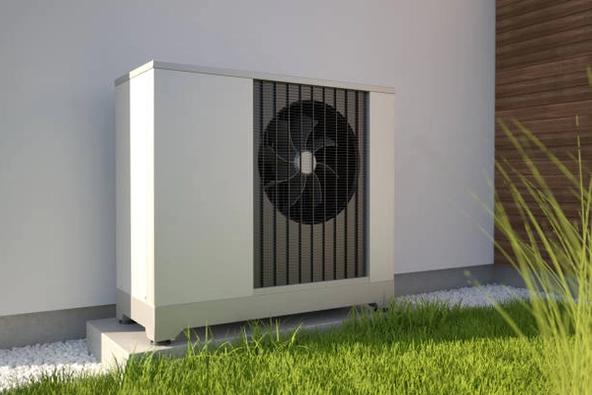Heat pumps are becoming more commonplace in properties as the government has banned the installation of gas boilers in new build houses from 2023 and plans to outlaw the sale of new gas boilers completely by 2035.
As these dates approach, the likelihood is that many people will need to switch to alternative heating systems such as air source heat pumps (ASHP) and ground source heat pumps (GSHP).
Regardless of the type of heat pump used, one of the biggest challenges is sizing the system correctly to maintain a stable internal temperature throughout the year and ensure energy efficiency and low running costs.
Heat pump systems use a lower flow temperature than traditional gas boilers which means that both the heat pump unit and heat emitters (e.g. radiators or underfloor heating) need to be sized appropriately based on the level of insulation and the rate at which a house loses heat.
Older properties with poor levels of insulation are very likely to need additional insulation added (e.g. loft, cavity wall or external wall insulation) to achieve a low U-value and enable the heat pump to work efficiently.
Heat pump size calculator
An MCS Certified installer is likely to use the Heat Pump Size Calculator maintained by the MCS Heat Pump Working Group. This heat pump size calculator uses a lookup table of U-values of building elements such as walls, floors and roofs in calculating the heat loss of each room.
Calculated or assumed U-values from lookup tables will only ever provide a rough estimate of what the actual U-value will be. The U-value of building elements is known to vary significantly based on the age, construction type, level of insulation and quality of workmanship.
One way to obtain precise and accurate U-values for a house is by measuring the in-situ U-value using measurement instruments. Build Test Solutions offer two products for measuring U-values, an ISO 9869 U-value Measurement Kit and a unique infrared U-value measurement system called Heat3D.
Accurate heat pump sizing
Poorly sized heat pump systems could either lead to oversizing a system, causing increased installation costs and capital outlay, or undersized systems leading to poor energy efficiency and high running costs.
Instead of using U-values to calculate heat pump sizes, it is also possible to measure the whole house heat loss using our SmartHTC technology as well as measure true air changes per hour using Pulse.
The output from SmartHTC is a heat transfer coefficient (HTC), with units of watts per degree Kelvin (W/K). Multiplying the HTC by the design temperature difference will produce a total heat loss, in Watts, for the entire house.
By accurately sizing a heat pump system using SmartHTC and Pulse, it is possible to design a very efficient heat pump installation whilst minimising the cost of the system and maintaining comfortable internal temperatures for the occupants.



